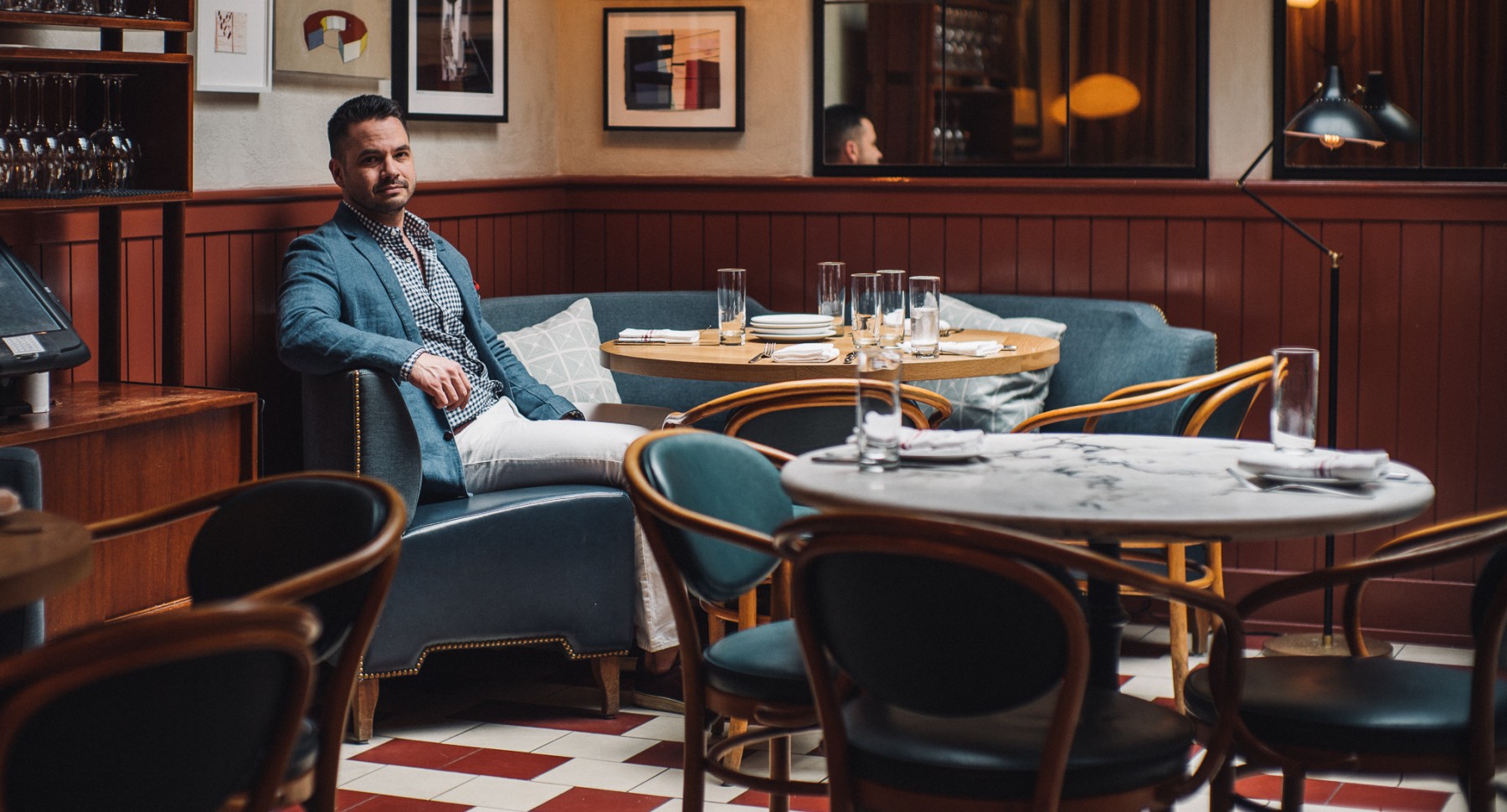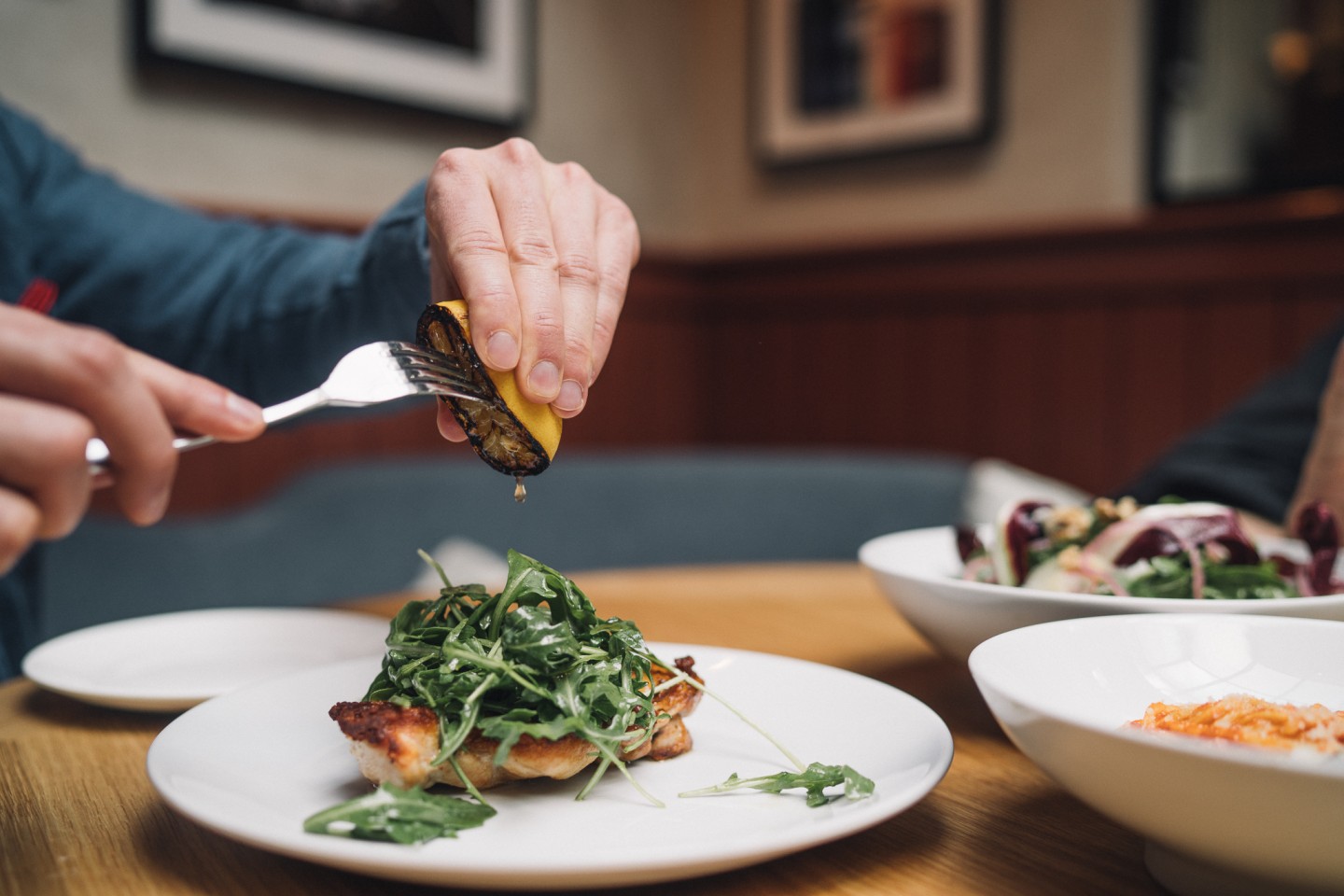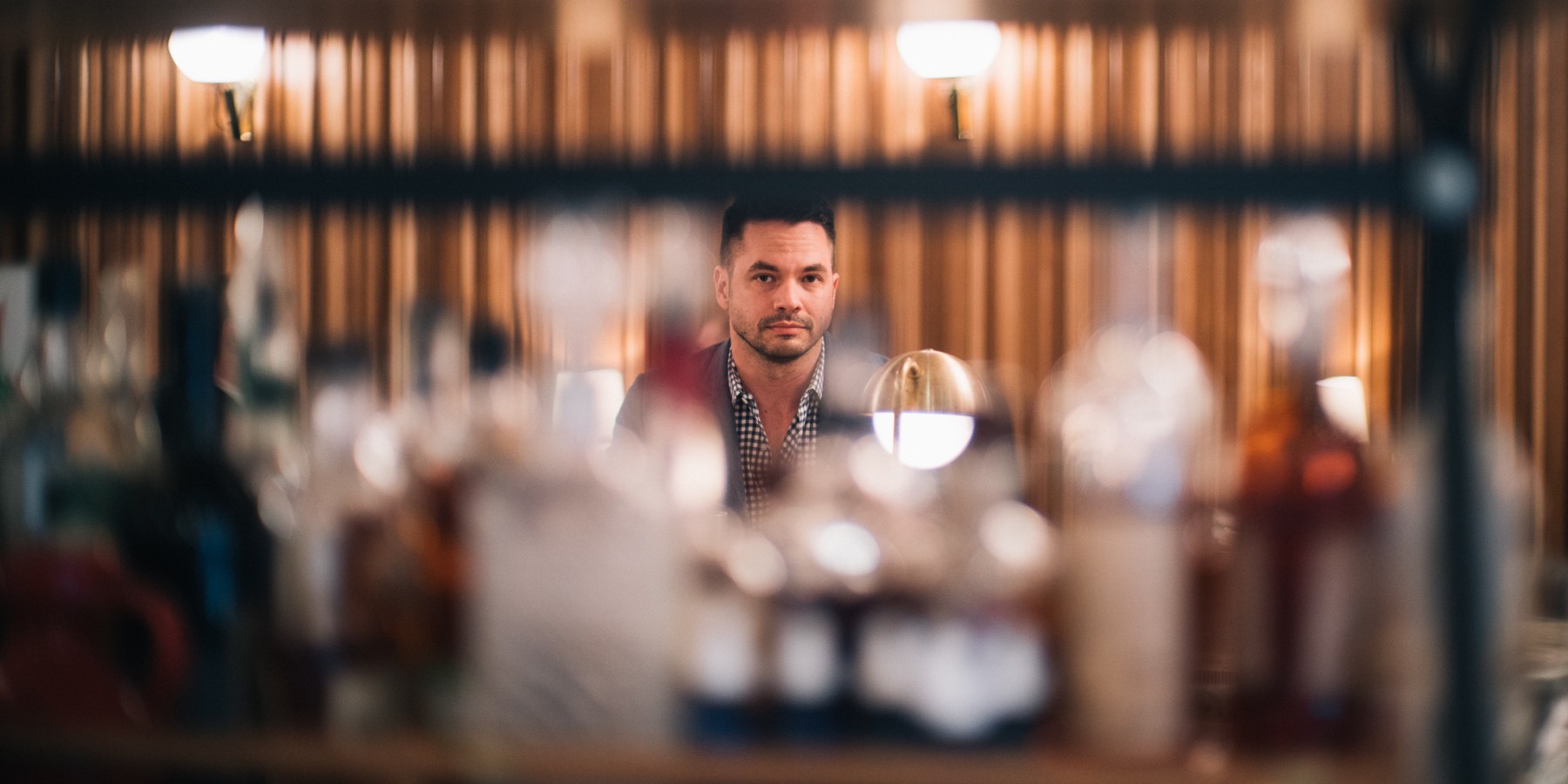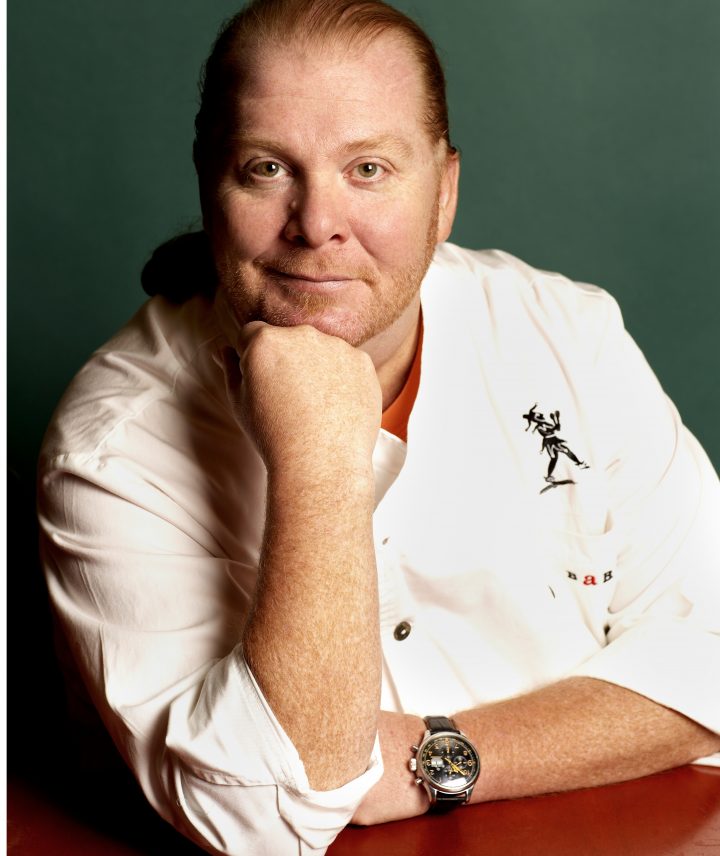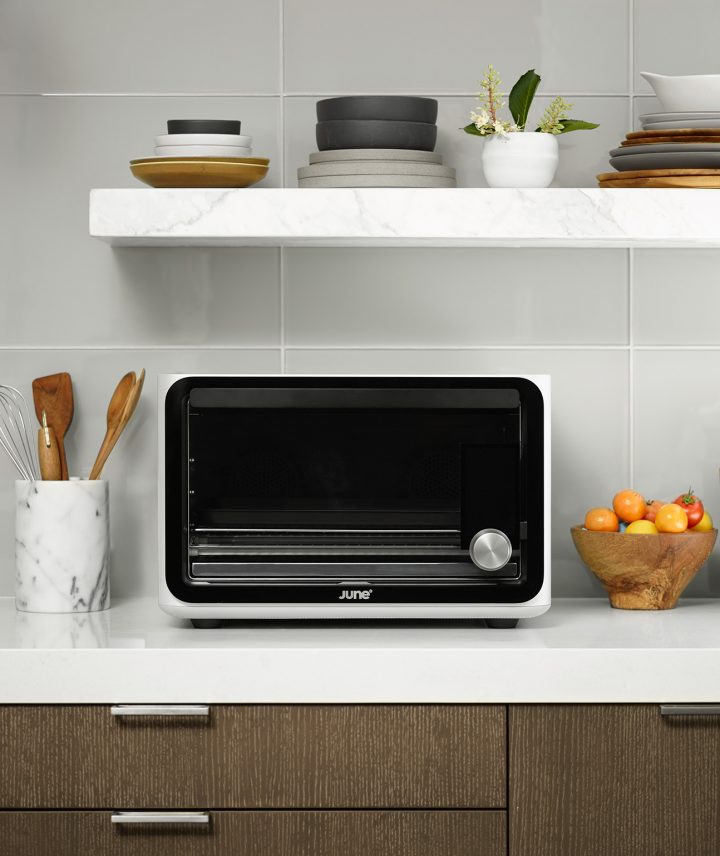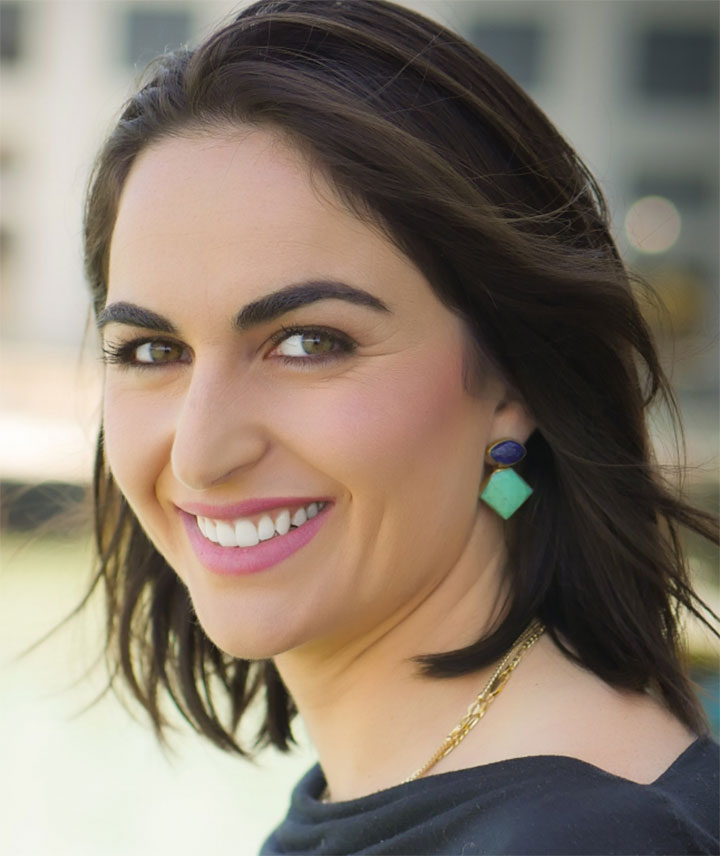It’s Friday night, and you’re looking for a last minute date spot to haul that Bumble booty. Chances are, you’ll flock to Yelp. Scroll hundreds of user generated reviews deciphering if a place actually sucks or some dude just hates risotto balls. Those seeking an authoritative opinion, on the other hand, might turn to New York Magazine or the Times; Infatuation for circumstances more casual.
“People spend hours switching between platforms, trying to get a comprehensive view of a restaurant,” says Geoff Bartakovics, cofounder and CEO of food media site, Tasting Table (TT). “But what if there were a place that aggregated all those critical opinions? A single app that gave simultaneous access to multiple viewpoints?”
Take Rotten Tomatoes, which conveniently displays film reviews from numerous critics. You can look at the score up top, or move down to compare why the New York Observer declared Legally Blonde 2 “the worst film” ever while Richard Roeper found it “charming.” Well, Bartakovics has taken that idea, scoring aside, and applied it to restaurants. With TT, he’s created DINE, the world’s first multi-critic restaurant discovery app fusing critics, blogs and Yelp for a 360 view of any restaurant. No additional research required.
